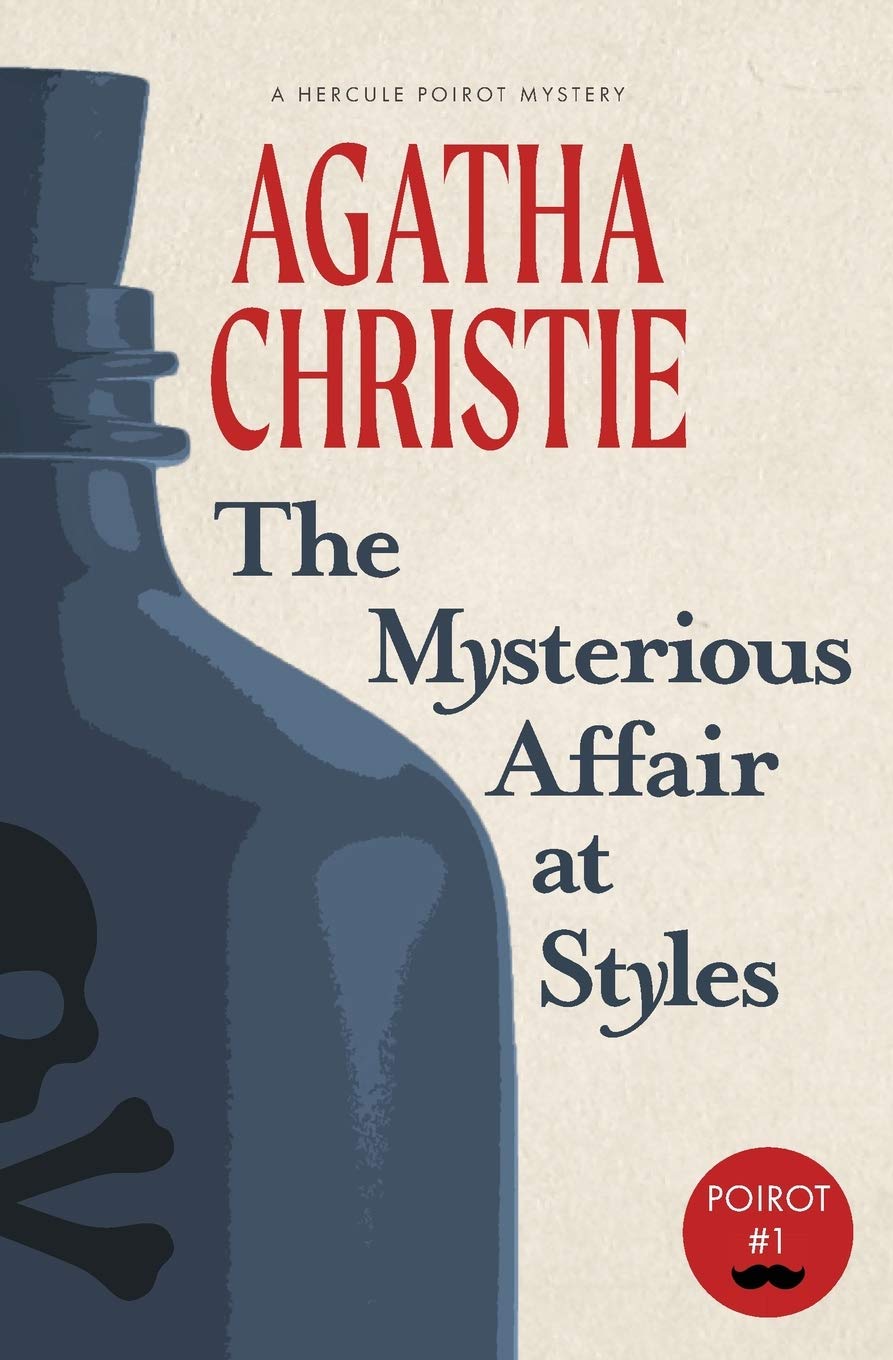CHAPTER IV — POIROT INVESTIGATES
byChapter IV begins with the narrator making his way through a path shaded by overgrown greenery, his mind full of confusion and urgency. Arriving at the modest home where Hercule Poirot and other Belgian refugees live, he quickly brings news of Mrs. Inglethorp’s untimely death. Poirot listens carefully, displaying not grief but intense curiosity, revealing his natural instinct to dive into a puzzle no matter how unsettling. Rather than react emotionally, Poirot focuses on detail and context—he asks about the dinner, the sequence of symptoms, and how the death unfolded. His hunch leads him to suspect poisoning by strychnine, given its delayed but unmistakable effects, prompting a sharp turn in the investigation. Poirot’s calm, calculated interest suggests that a deeper web of intentions may lie beneath the surface of this seemingly straightforward tragedy.
Upon reaching the scene, Poirot and the narrator begin a careful inspection of Mrs. Inglethorp’s bedroom. The room, while outwardly untouched, holds curious disturbances that demand attention—a cracked cup, hardened wax on the rug, and a dispatch case left locked but suspiciously in reach. Poirot does not allow any object to go unnoticed. The broken lamp and a key found in the ashes indicate someone may have tried to cover their tracks hastily, possibly in panic. The partially burned will, hidden among cinders in the fireplace, pushes the narrative into questions of inheritance and motive. What had seemed like a natural death now hints at planning, panic, and perhaps desperation. Each object tells a partial truth, and Poirot’s role is to piece them into a story no one else yet understands.
Interviewing the servants becomes Poirot’s next move. Dorcas, the loyal maid, gives a description of the household’s mood, Mrs. Inglethorp’s complaints, and her concerns over a missing key. Annie, the younger maid, adds other intriguing details—most notably, the unused sleeping powders and a suspicious green garment that has gone missing. These women, caught in the background of the house’s daily operations, provide observations overlooked by others. Poirot treats them not as background noise but as crucial witnesses. Their insights help him begin to see the true shape of the evening’s events. The contrast between the two accounts allows Poirot to identify inconsistencies and patterns that other investigators might dismiss.
It becomes clear to Poirot that much of what has been accepted at face value must be reexamined. The cocoa, long assumed harmless, becomes a possible vessel for the strychnine. This revelation subtly shifts the foundation of the entire investigation. Poirot shares little of his certainty, but his energy changes as if a veil has been lifted. He appears confident that a breakthrough is close, yet he holds back from announcing it. Hastings, puzzled but eager, continues to chase surface-level theories while Poirot silently reorders the facts. The detective’s faith in logic, detail, and human psychology sets him apart.
Poirot’s quiet brilliance begins to show through his restraint. Rather than declaring accusations, he builds his theory piece by piece, studying behavior as much as physical evidence. His awareness of human emotion—jealousy, fear, ambition—lets him navigate the lies without demanding confessions. Poirot isn’t interested in chaos or drama; he wants truth with clarity and elegance. While others are distracted by personal loyalties and circumstantial assumptions, he remains focused on the evidence. And though the reader may crave a quick answer, Poirot insists that time and thought must lead the way. The story, like the poison, works slowly but with precision.
Facts alone do not always point to the culprit; they require context, which Poirot gleans from body language, gaps in stories, and objects left out of place. He’s not immune to compassion, but he understands that feelings can distort facts. In recognizing the significance of the burned will and the odd placement of items, Poirot subtly builds a timeline that contradicts surface appearances. This chapter makes it clear that nothing about this case is accidental. The crime was not clumsy—it was clever, calculated, and designed to mislead. But Poirot’s sharp eyes and sharper instincts ensure that the truth, no matter how well hidden, won’t remain buried for long.

